Lesotho's Independence Day
Lesotho
October 4
October 4
Nationwide
Local communities
Local communities
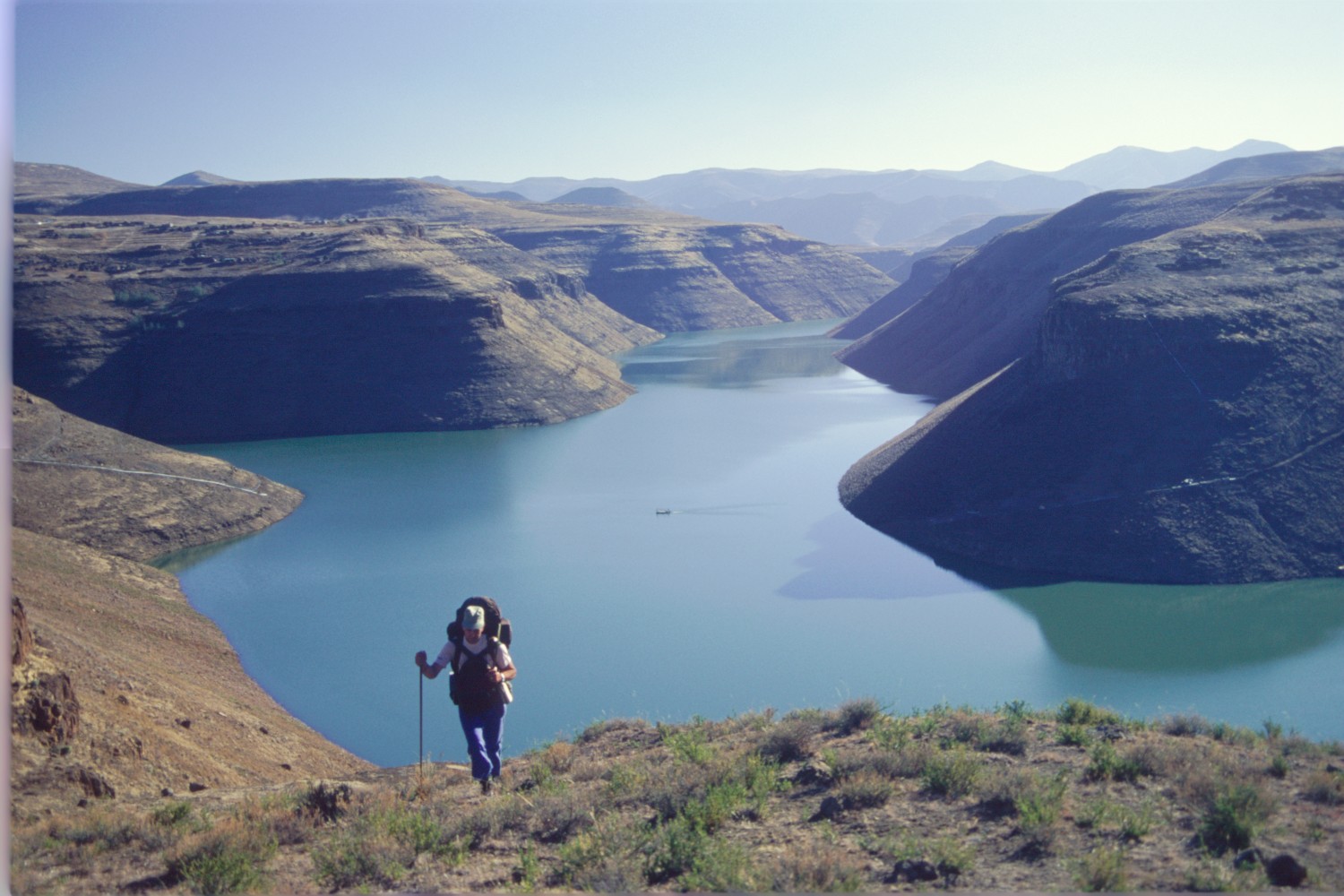
Mountainous landscapes in Lesotho
Lesotho, a landlocked country in southern Africa, celebrates its Independence Day. A country of unmatched landscapes with many options for tourism, Lesotho gained its independence from British rule in 1966.
Located at a relatively high altitude, Lesotho is a country of mountains and the only country in the world where all of its area lies above 1,500 m (4,921 ft) above sea level. This fact has deserved Lesotho the name of the "Switzerland of Africa" and made it a center of activities such as hiking and skiing.
While visiting the country, one of the best ways to enjoy its natural beauty is by horse or pony. All kinds of tours are offered from 1 hour to several days of travel across the mountains and trekking routes. For the more adventurous, tours that go for several days are perhaps the best option for you get to stay in villages and explore the local culture.
Another great way to explore the country is by mountain bike. Typical tours cover about 200 km at high altitude while enjoying one of the most spectacular landscapes. Other activities include abseiling and rock climbing, canoeing, swimming and trout fishing. Lesotho is perhaps a small country, but an amazing destination with a wide variety of outdoor activities and a rich culture to discover.
Located at a relatively high altitude, Lesotho is a country of mountains and the only country in the world where all of its area lies above 1,500 m (4,921 ft) above sea level. This fact has deserved Lesotho the name of the "Switzerland of Africa" and made it a center of activities such as hiking and skiing.
While visiting the country, one of the best ways to enjoy its natural beauty is by horse or pony. All kinds of tours are offered from 1 hour to several days of travel across the mountains and trekking routes. For the more adventurous, tours that go for several days are perhaps the best option for you get to stay in villages and explore the local culture.
Another great way to explore the country is by mountain bike. Typical tours cover about 200 km at high altitude while enjoying one of the most spectacular landscapes. Other activities include abseiling and rock climbing, canoeing, swimming and trout fishing. Lesotho is perhaps a small country, but an amazing destination with a wide variety of outdoor activities and a rich culture to discover.
Unraveling Lesotho's natural beauty
Baltic Herring Fair
Finland
October 4 - 10
October 4 - 10
Helsinki
Market Square
Market Square
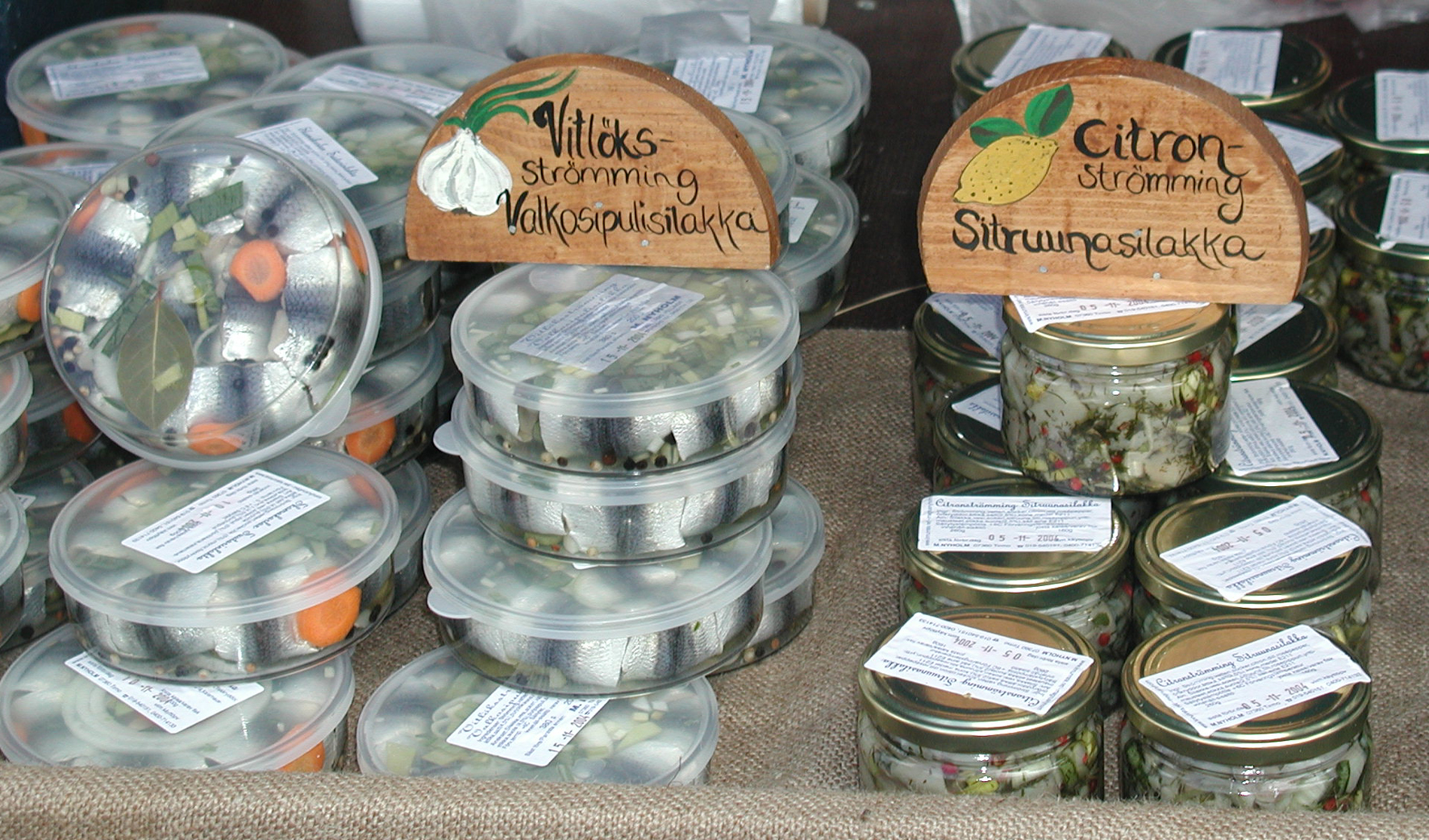
Herring as sold during the Baltic Herring Fair
Every year in early October, the city of Helsinki gathers for one week all the fans of Finland's cherished delicacy, the herring, for the annual Baltic Herring Fair, the oldest traditional event in the Finnish capital. Held at Helsinki's Market Square, the fair consists of stands where fishermen from the southern coast of Finland expose their best herring dishes.
During the event fish can be tasted salted, slightly salted, marinated, or with mustard and sauce. Herring is also often found alongside delicious black bread, a speciality of Åland Islands, a Finnish archipelago in the Baltic Sea. In addition traditional clothes made from wool and handicrafts are also sold.
Nowadays the official celebrations include an opening speech by Helsinki's mayor, live music and chefs preparing on stage different herring dishes as part of the Finnish Championship of Fish Handling. After a long selection and having tried a wide variety dishes, the jury votes for the "Marinated Fish" and "Herring Surprise" of the year. Last year in 2011, the public was allowed to follow the jury for the first time along its difficult decision.
Version of the story in Russian language:
Каждый год, в Хельсинки съезжаются все почитатели финского деликатеса — селедки, на ежегодную ярмарку сельди (Baltic Herring Festival), которая продолжается три дня. Ярмарка проходит на Рыночной площади (Market Square) города, на которую в огромных количествах свозится сельдь последнего в этом году улова. Рыбу можно попробовать и в соленом, и в слабосоленом виде, и под маринадом, и с горчицей, и с соусом.
Кроме еды на ярмарке продаются изделия различных ремесел, шерстяная одежда, а также выбирается лучшая маринованная сельдь года. Этот рыбный рынок в Хельсинки (Baltic Herring Market in Helsinki), или, как его называют сами финны, «рыбная ярмарка», существует с 1743 года и имеет богатую историю. Лицензия на проведение ярмарки была выдана шведским королевским Указом в Финляндии в рамках мирного договора в Турку 1743 года. С годами ярмарка стала важным событием, на ней определялась цена соленой и маринованной рыбы по всей Финляндии.
A special contribution by Munduswit Yulia Markova.
During the event fish can be tasted salted, slightly salted, marinated, or with mustard and sauce. Herring is also often found alongside delicious black bread, a speciality of Åland Islands, a Finnish archipelago in the Baltic Sea. In addition traditional clothes made from wool and handicrafts are also sold.
Nowadays the official celebrations include an opening speech by Helsinki's mayor, live music and chefs preparing on stage different herring dishes as part of the Finnish Championship of Fish Handling. After a long selection and having tried a wide variety dishes, the jury votes for the "Marinated Fish" and "Herring Surprise" of the year. Last year in 2011, the public was allowed to follow the jury for the first time along its difficult decision.
Version of the story in Russian language:
Каждый год, в Хельсинки съезжаются все почитатели финского деликатеса — селедки, на ежегодную ярмарку сельди (Baltic Herring Festival), которая продолжается три дня. Ярмарка проходит на Рыночной площади (Market Square) города, на которую в огромных количествах свозится сельдь последнего в этом году улова. Рыбу можно попробовать и в соленом, и в слабосоленом виде, и под маринадом, и с горчицей, и с соусом.
Кроме еды на ярмарке продаются изделия различных ремесел, шерстяная одежда, а также выбирается лучшая маринованная сельдь года. Этот рыбный рынок в Хельсинки (Baltic Herring Market in Helsinki), или, как его называют сами финны, «рыбная ярмарка», существует с 1743 года и имеет богатую историю. Лицензия на проведение ярмарки была выдана шведским королевским Указом в Финляндии в рамках мирного договора в Турку 1743 года. С годами ярмарка стала важным событием, на ней определялась цена соленой и маринованной рыбы по всей Финляндии.
A special contribution by Munduswit Yulia Markova.
Shots at the Baltic Herring Fair
Day of German Unity
Germany
October 3
October 3
Nationwide
Schools, streets and squares
Schools, streets and squares
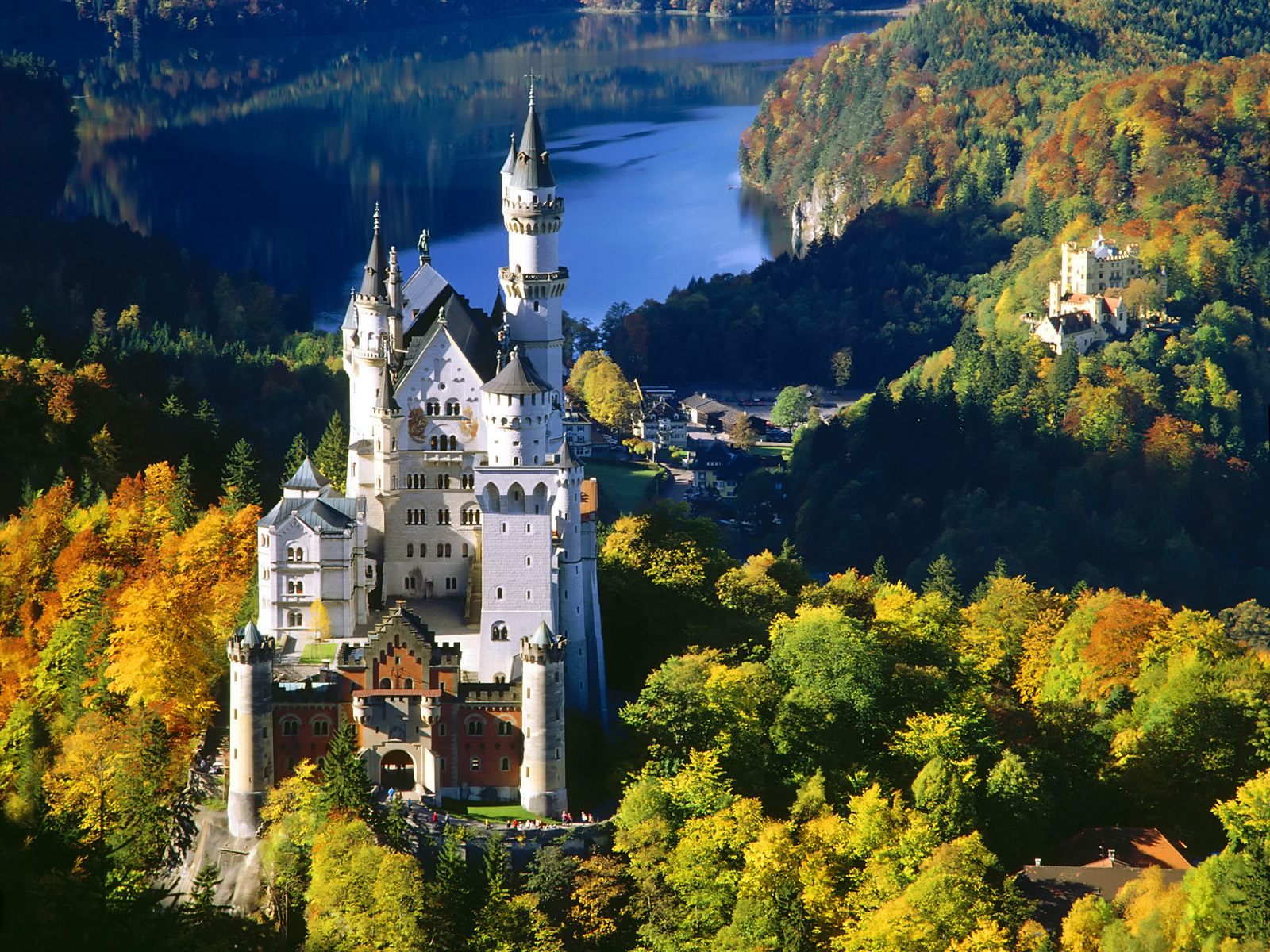
View of Neuschwanstein Castle during fall
Germany celebrates on October 3 the Day of German Unity (German: Tag der Deutschen Einheit). This holiday commemorates the reunification of Germany after years of isolation between East and West Germany. The reunification of Germany in 1990 was formally put into place after historic events such as the Revolutions of 1989, which overthrew the communist states in various former Eastern Bloc countries, and the fall of the Berlin Wall on 9 November 1989.
During this day of great importance for our German friends, Munduslingua takes you to one of the most significant castles in the world, the magnificent Neuschwanstein Castle in Bavaria, to remember the story of Ludwig II and his desire to build a castle that would be remembered forever.
Neuschwanstein Castle (German: Schloss Neuschwanstein) is without question one of the most beautiful castles in world. Built in the 19th century, this Neo-Romanesque masterpiece was commissioned by Ludwig II, King of Bavaria.
Ludwig II was fascinated by sagas and fantasies. Many of the castle's rooms and decor pay homage to the legend of the Knight of the Swan, a medieval tale that inspired the opera Lohengrin by one of Ludwig's friends, the great German composer Richard Wagner.
As time passed by, Ludwig II started to lead the life of a recluse inside the castle. With time he identified himself with Percival (German: Parzival), a legendary medieval figure who became the "Grail King" in honor of his purity and faith. This made Ludwig redesign the "Audience Room" and turn it into the Grail Hall, a sumptuous monument to kingship and the divine right of kings.
However Ludwig's constant desire to make the castle even more luxurious left him with a great number of debts. Finally in 1885, foreign banks threatened to seize his property, a situation to which Ludwig refused to react rationally. This in return took the Government to declare Ludwig insane and intern him in Castle Berg near Munich on 12 June 1886.
The next day, after Ludwig had gone for a walk with his psychiatrist Dr. Gudden, he was found drowned under mysterious circumstances in Lake Starnberg. He was together with Dr. Gudden and no one reported to have seen or heard anything. After Ludwig's death, the castle and its entire splendor was opened to the public.
Nowadays Neuschwanstein Castle, meaning "New Swan Stone" Castle, is the most photographed place in Germany with over 1.3 million visitors each year. The inspiration of Walt Disney's Sleeping Beauty Castle in Disneyland and a global symbol of the era of Romanticism, this wonderful building and the story of Ludwig's life are sure to remain in the hearts of people for a very long time.
During this day of great importance for our German friends, Munduslingua takes you to one of the most significant castles in the world, the magnificent Neuschwanstein Castle in Bavaria, to remember the story of Ludwig II and his desire to build a castle that would be remembered forever.
Neuschwanstein Castle (German: Schloss Neuschwanstein) is without question one of the most beautiful castles in world. Built in the 19th century, this Neo-Romanesque masterpiece was commissioned by Ludwig II, King of Bavaria.
Ludwig II was fascinated by sagas and fantasies. Many of the castle's rooms and decor pay homage to the legend of the Knight of the Swan, a medieval tale that inspired the opera Lohengrin by one of Ludwig's friends, the great German composer Richard Wagner.
As time passed by, Ludwig II started to lead the life of a recluse inside the castle. With time he identified himself with Percival (German: Parzival), a legendary medieval figure who became the "Grail King" in honor of his purity and faith. This made Ludwig redesign the "Audience Room" and turn it into the Grail Hall, a sumptuous monument to kingship and the divine right of kings.
However Ludwig's constant desire to make the castle even more luxurious left him with a great number of debts. Finally in 1885, foreign banks threatened to seize his property, a situation to which Ludwig refused to react rationally. This in return took the Government to declare Ludwig insane and intern him in Castle Berg near Munich on 12 June 1886.
The next day, after Ludwig had gone for a walk with his psychiatrist Dr. Gudden, he was found drowned under mysterious circumstances in Lake Starnberg. He was together with Dr. Gudden and no one reported to have seen or heard anything. After Ludwig's death, the castle and its entire splendor was opened to the public.
Nowadays Neuschwanstein Castle, meaning "New Swan Stone" Castle, is the most photographed place in Germany with over 1.3 million visitors each year. The inspiration of Walt Disney's Sleeping Beauty Castle in Disneyland and a global symbol of the era of Romanticism, this wonderful building and the story of Ludwig's life are sure to remain in the hearts of people for a very long time.
King Ludwig's Castles
National Day of China
China
October 1
October 1
Nationwide
Streets and squares
Streets and squares
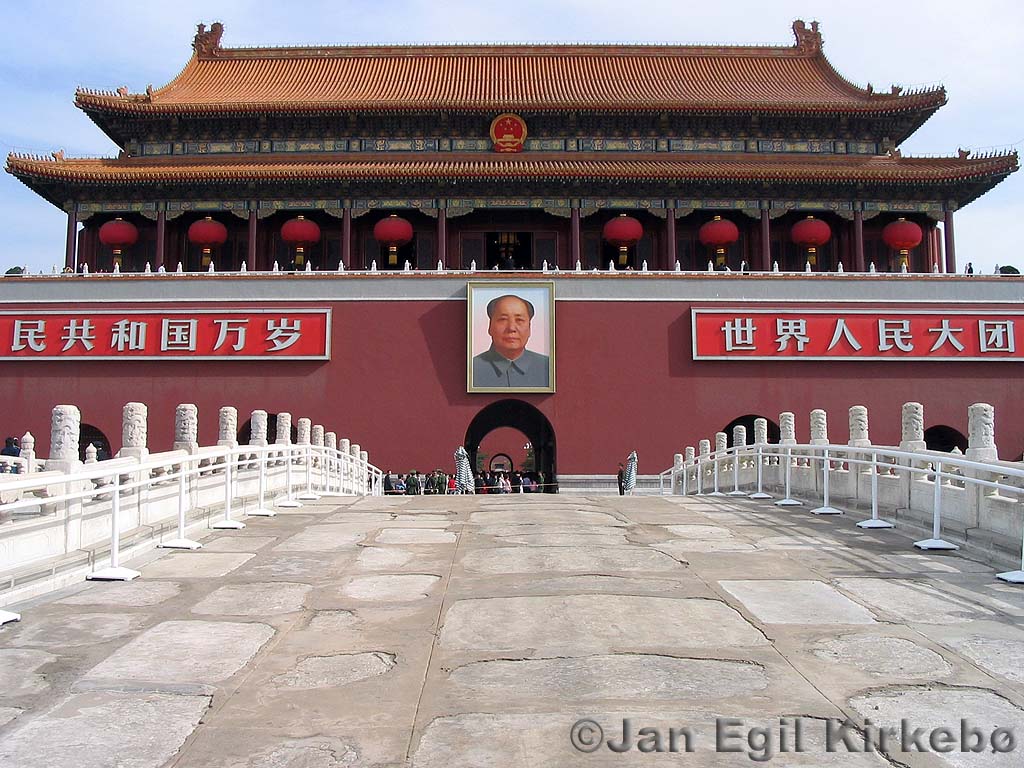
Entrance to the Forbidden City
The People's Republic of China observes on October 1 its national day. A public holiday marked by festivities such as fireworks displays and concerts in most Chinese cities, the National Day celebrates the foundation of the People's Republic of China in 1949.
On this important day for our Chinese friends, Munduslingua visits the iconic Forbidden City in Beijing, a UNESCO World Heritage Site full of magic and traces of China's rich history.
The history of China is marked by dynasties that ruled the territory from as soon as 2800 BC. The Forbidden City, located in the center of Beijing, served in the past as the imperial palace from the Ming Dynasty (1368–1644) to the end of the Qing Dynasty (1644–1912). It derives its name from the fact that no one was allowed to leave or enter the palace without the Emperor's permission. The palace complex is comprised of 980 buildings and covers an area of 720 km2 (7,800,000 ft2).
Nowadays the Forbidden City houses the Palace Museum where you can enjoy different collections dating back to the Qing Dynasty. These galleries cover various periods of time to give the visitor an insight into both the rich culture and traditions of imperial China, to the influence of western technology introduced to China in the 16th century. One of the most impressive galleries is that of Chinese pottery, an exquisite collection of 340,000 ceramics and porcelain. In addition you can enjoy paintings, bronzeware, jade pieces, artifacts of the imperial court and metal-roughcast enamel craft.
On this important day for our Chinese friends, Munduslingua visits the iconic Forbidden City in Beijing, a UNESCO World Heritage Site full of magic and traces of China's rich history.
The history of China is marked by dynasties that ruled the territory from as soon as 2800 BC. The Forbidden City, located in the center of Beijing, served in the past as the imperial palace from the Ming Dynasty (1368–1644) to the end of the Qing Dynasty (1644–1912). It derives its name from the fact that no one was allowed to leave or enter the palace without the Emperor's permission. The palace complex is comprised of 980 buildings and covers an area of 720 km2 (7,800,000 ft2).
Nowadays the Forbidden City houses the Palace Museum where you can enjoy different collections dating back to the Qing Dynasty. These galleries cover various periods of time to give the visitor an insight into both the rich culture and traditions of imperial China, to the influence of western technology introduced to China in the 16th century. One of the most impressive galleries is that of Chinese pottery, an exquisite collection of 340,000 ceramics and porcelain. In addition you can enjoy paintings, bronzeware, jade pieces, artifacts of the imperial court and metal-roughcast enamel craft.
History of the Forbidden City
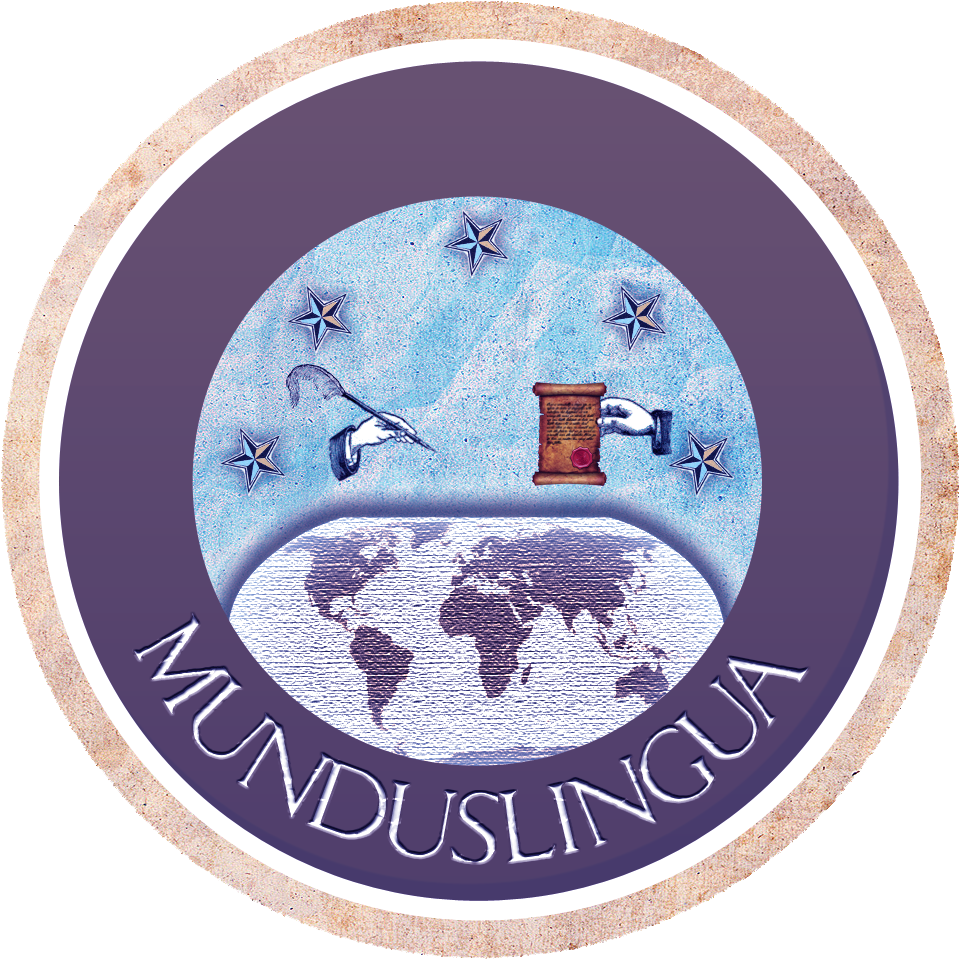
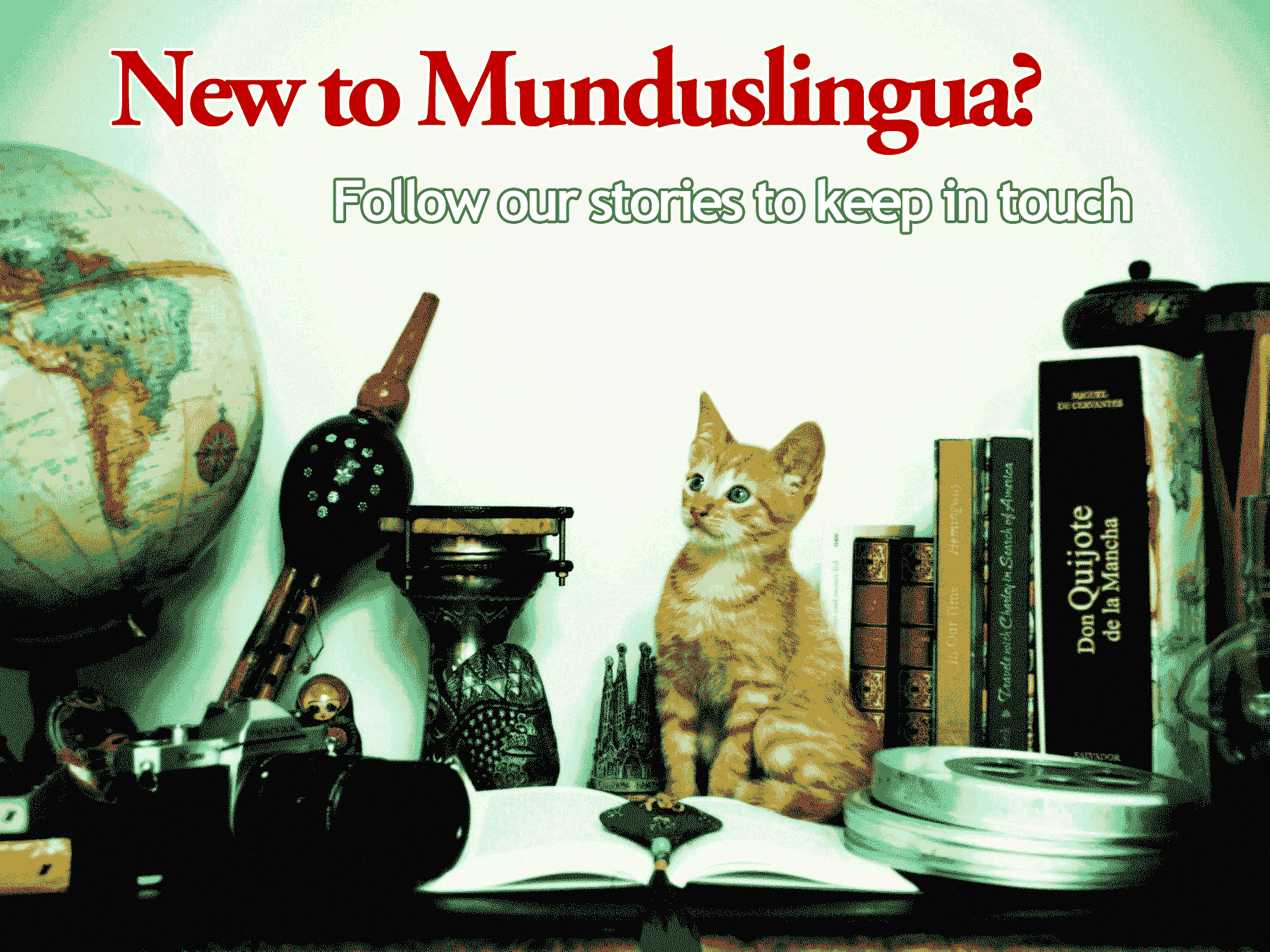
Choose your favorite channel below
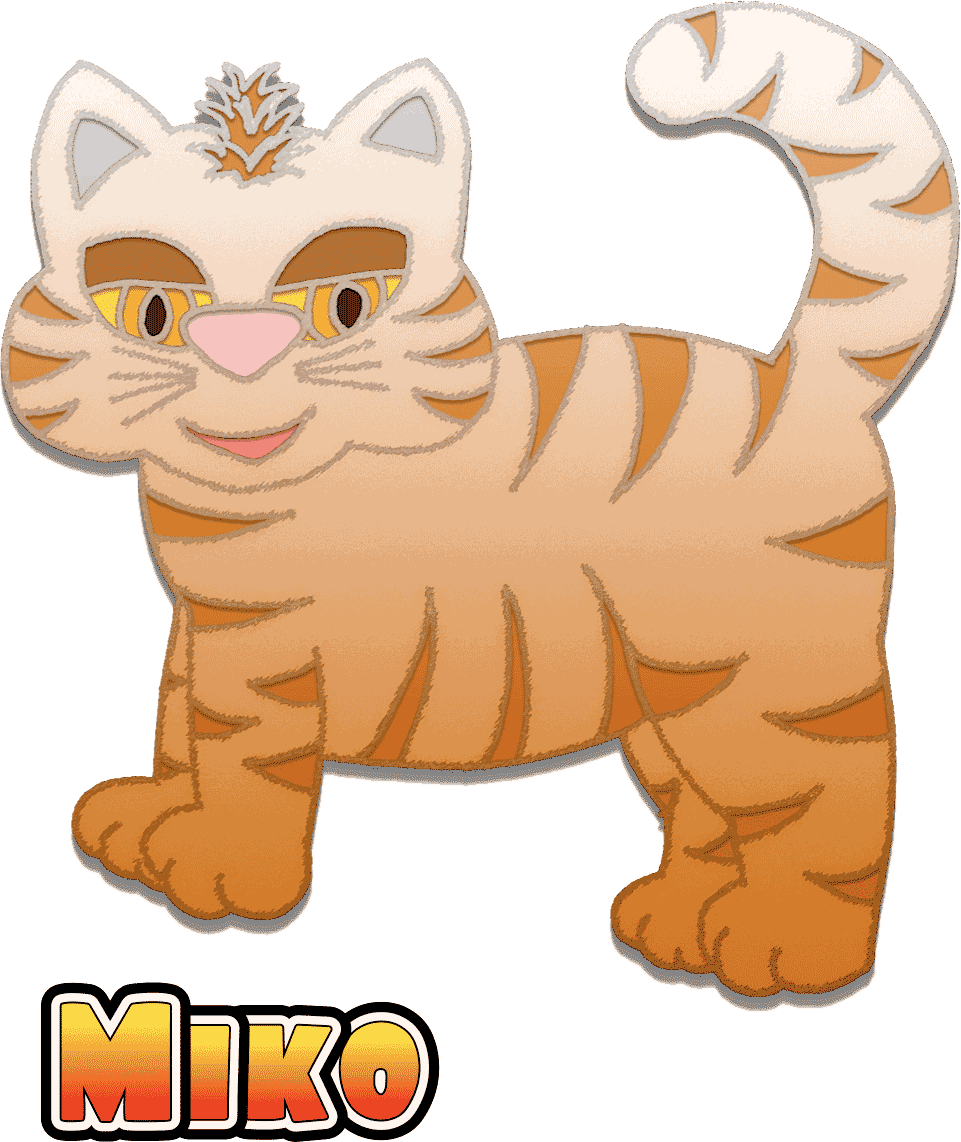
Subscribe to our feeds
Read about cultural events and news in the world.
Read about cultural events and news in the world.
Enjoy our magazine on Flipboard
Best to enjoy from your mobile phone or tablet.
Best to enjoy from your mobile phone or tablet.
Enjoy our iTunes podcasts
Best for those who prefer audio.
Best for those who prefer audio.
Follow us on Twitter
Best for those who prefer Twitter.
Best for those who prefer Twitter.
Photo sources
October 1: The Forbidden City, Beijing, China
October 2: Helsinki Baltic Herring Fair
October 3: Neuschwanstein Castle, Bavaria, Germany
October 4: Mountain landscape in Lesotho
Background: Splendid view over Neuschwanstein Castle
October 2: Helsinki Baltic Herring Fair
October 3: Neuschwanstein Castle, Bavaria, Germany
October 4: Mountain landscape in Lesotho
Background: Splendid view over Neuschwanstein Castle



